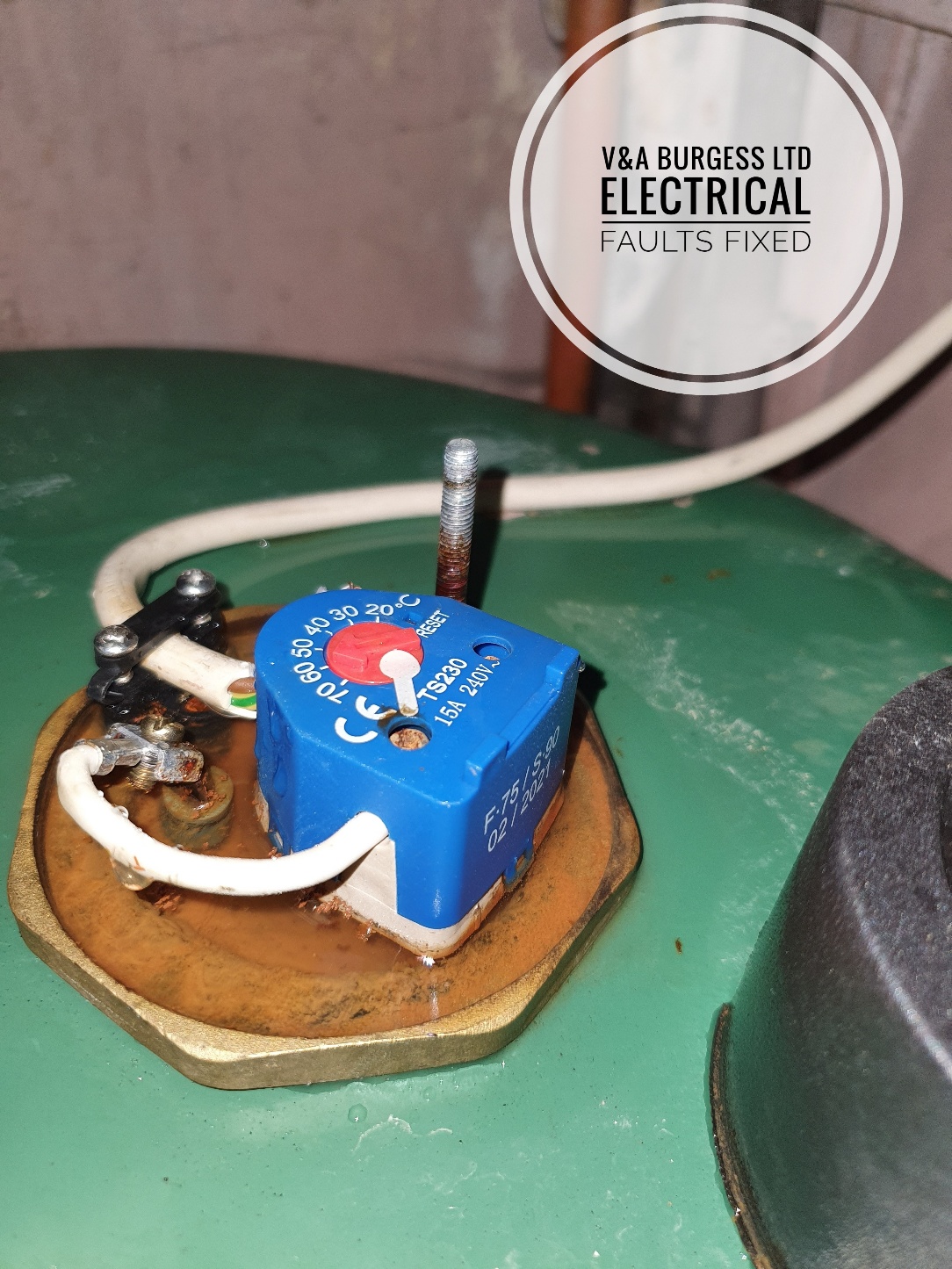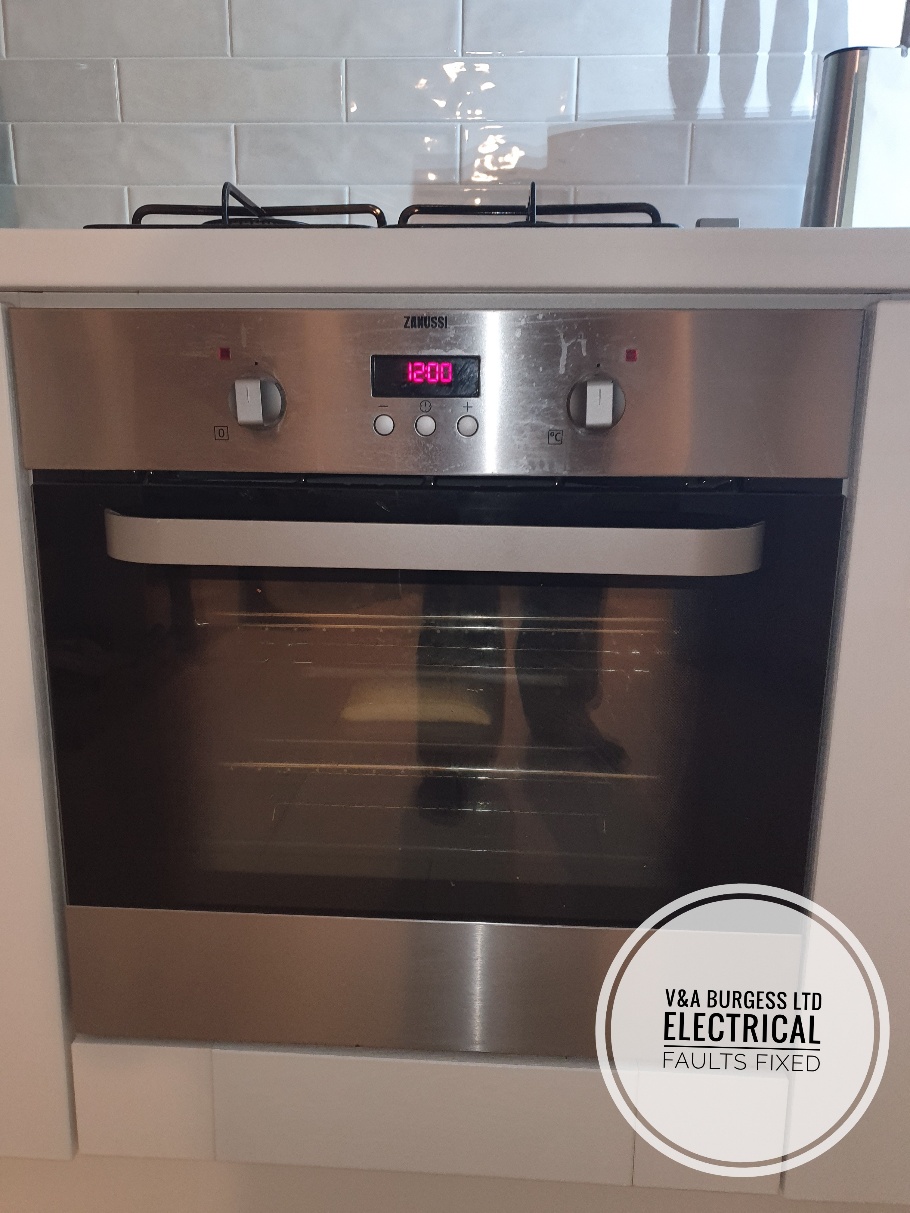Knowing what uses the most electricity in your home is the first step toward reducing your energy consumption and lowering your electricity bill.
Table of Contents
- The Biggest Energy Consumers in Your Home
- 1. HVAC Systems (Heating, Ventilation, and Air Conditioning)
- 2. Water Heaters
- 3. Kitchen Appliances
- 4. Laundry Equipment
- 5. Electric Vehicle Charging
- 6. Lighting
- 7. Electronics and Phantom Loads
- Energy Usage Comparison: US vs. UK
- Practical Steps to help Reduce Energy Consumption
- Don’t forget that small changes add up
- Conclusion
As energy costs continue to rise in recent years, homeowners in the United States and the UK are increasingly looking for ways to minimize their electricity usage and carbon footprint, not to mention reducing the cost of energy bills!
Back to top1) The Biggest Energy Consumers in Your Home
For the average household, certain appliances and systems consistently consume a significant amount of electricity. We avoid home energy myths and look at which appliances are the most power hungry and can we reduce the costs?
Back to top2) 1. HVAC Systems (Heating, Ventilation, and Air Conditioning)
HVAC systems typically account for the largest portion of home energy usage. Depending on your climate:
- Space heating can represent up to 40% of energy consumption in typical household settings
- Air conditioning and cooling systems can account for 10-20% of your monthly energy bills
In the United States, where temperature extremes are common in many regions, heat pumps are becoming popular as energy-efficient alternatives to traditional systems. They use electricity to transfer heat rather than generate it directly, reducing the amount of energy required.
For larger homes, the impact of HVAC on electricity consumption is even more significant. Poor insulation can further increase these costs as systems must work harder to maintain comfortable temperatures.
Solution?
A programmable thermostat is a good idea to help manage these systems efficiently, often reducing related energy use by 10-15%.
Back to top3) 2. Water Heaters
Water heaters are typically the second-highest contributor to electricity costs in homes. Conventional electric water heater systems can consume between 4,000-5,000 kilowatt-hours (kWh) annually.
Heating water accounts for approximately 13-18% of home energy usage in both the US and UK. When in operation, an electric water heater can draw 3,000-4,500 watts—making it one of the appliances that uses the most power in your home.

(Photo: A large water heater and storage tank)
Hot water systems with tanks continuously use electricity to maintain water temperature, even when not in active use.
Solution?
Switching to on-demand or tankless heaters can reduce the much electricity these systems consume, cutting water heating costs by 10-15%. If you cannot afford the costs of new water heating appliances then consider having a timer fitted to your water heating system for the times of day when you need hot water.
Back to top4) 3. Kitchen Appliances
Electric ovens and ranges are major consumers of home appliances energy. When in use, they can draw 2,000-5,000 watts, making them one of the type of appliances that use the most electricity during operation.

(Photo: An Electric Oven)
A typical electric range used for 30 minutes consumes about 1.5 kWh of electricity use, while a refrigerator might use 1-2 kWh per day. Though refrigerators draw less power instantaneously (100-800 watts), their continuous operation makes refrigerator use a significant contributor to your power bill.
The Department of Energy estimates that kitchen appliances collectively account for about 13-15% of home energy consumption.
In the UK, many people boil the electric kettle several times a day. This energy use can be reduced. When you consider how much energy a kettle uses , its easy to change the way you use one
Solution?
For many residential customer households, replacing older models with energy-efficient appliances can generate substantial savings in the long run despite the initial costs of appliance replacement.
Back to top5) 4. Laundry Equipment
Clothes dryers are particularly energy-intensive, typically consuming 2,000-5,000 watts when operating. A single cycle might use 2-3 kWh of electricity, making them one of the most energy-hungry domestic appliances.
Washing machines use less electricity (400-1,400 watts), but still contribute notably to overall consumption, especially when using hot water cycles. Together, these laundry machines account for approximately 5-8% of home energy use.
Solution?
Using cold water for washing can dramatically reduce the much energy these appliances consume. Energy Star rated models can use 25% less electricity than conventional clothes washers and dryers.
Back to top6) 5. Electric Vehicle Charging
A relatively new but increasingly significant electricity consumer in U.S. homes and UK residences is electric vehicle charging. A typical EV charger can draw 7,000-10,000 watts during charging, consuming 10-15 kWh for a partial charge.
For households with electric vehicles, home charging can increase electricity usage by 30-40%, though this is offset by savings on fuel costs. Many homeowners are pairing EV ownership with solar panels or solar energy systems to mitigate this increased consumption.
Solution?
Where possible use electric vehicle charging equipment during off peak tariff hours. Using charging equipment during off peak hours means that the cost of energy is significantly reduced.
Back to top7) 6. Lighting
While individual light bulbs don't consume as much power as larger appliances, their cumulative effect is substantial. Lighting accounts for approximately 5-10% of home electricity costs.
Traditional incandescent bulbs use significantly more energy than modern alternatives:
- A 60-watt incandescent bulb used for 5 hours daily consumes about 9 kWh monthly
- An equivalent LED bulb might use only 1.5 kWh over the same period
Solution?
Consider upgrading to LED lighting. For the average U.S. household, upgrading all lighting costs to energy-efficient options can save 5-7% on overall electricity consumption.
Back to top8) 7. Electronics and Phantom Loads
Consumer electronics like televisions, computers, and game consoles individually don't use a lot of electricity, but collectively account for about 5% of home energy use.
More concerning are phantom loads or standby power consumption—electricity used by devices even when "off." These standby mode drains can collectively account for 5-10% of residential electricity use.
For example:
- A TV in standby mode might draw 1-3 watts continuously
- Cable boxes often consume 15-25 watts even when not in use
- Computers in sleep mode still draw 5-10 watts
Solution?
Using smart plugs or a smart outlet to completely cut power to devices when not in use can eliminate these phantom loads.
Back to top9) Energy Usage Comparison: US vs. UK
While the major consumers are similar in both regions, there are notable differences:
- Single-family homes in the US tend to be larger (2,400 sq. ft average) than UK homes (1,000 sq. ft average), leading to higher overall consumption
- The average household in the US consumes approximately 10,400 kWh annually
- A typical household in the UK uses about 3,600 kWh per year
In deregulated energy market areas of the US, electric rates can vary significantly by provider, while UK rates tend to be more standardized but generally higher per kWh.
Back to top10) Practical Steps to help Reduce Energy Consumption
Monitor Your Usage
Realising where and how you use energy can dramatically impact your monthly bills. Many utility company providers now offer detailed breakdowns of consumption. Using energy monitors can help identify which electrical appliances use the most energy in your specific home.
Upgrade Appliances
Replacing older appliances with energy-efficient models can generate substantial savings. Look for:
- Energy Star ratings in the US
- Energy Efficiency Ratings in the UK
Consider Renewable Options
Solar panels and solar generators represent significant upfront investments but can dramatically reduce electricity costs over time. In many regions, excess generation can be sold back to the grid.
Renewable energy solutions are becoming more accessible for typical household budgets, with various financing options available.
Back to top11) Don’t forget that small changes add up
Several small changes can collectively make a big difference:
- Using cold water for laundry when possible
- Setting water heaters to 120°F/49°C rather than higher temperatures
- Running dishwashers and washing machines only with a full load
- Unplugging devices or using power strips to eliminate phantom power usage
- Installing a programmable thermostat to optimize HVAC operation
12) Conclusion
While space heating, water heaters, and major appliances use the most electricity in typical homes, conscious usage of all electrical devices can lead to substantial savings. For both environmental and financial reasons, understanding and managing your home's electricity consumption has never been more important.
The best way to reduce consumption is through a combination of strategic upgrades to energy-efficient alternatives and mindful usage habits. The next time your electric bill arrives, you'll be better equipped to understand what's driving your costs and how to control them.
ALSO READ
To find out how much energy ALL home appliances use, check our article that covers this.
Back to top
Read more articles
- Log in to post comments


